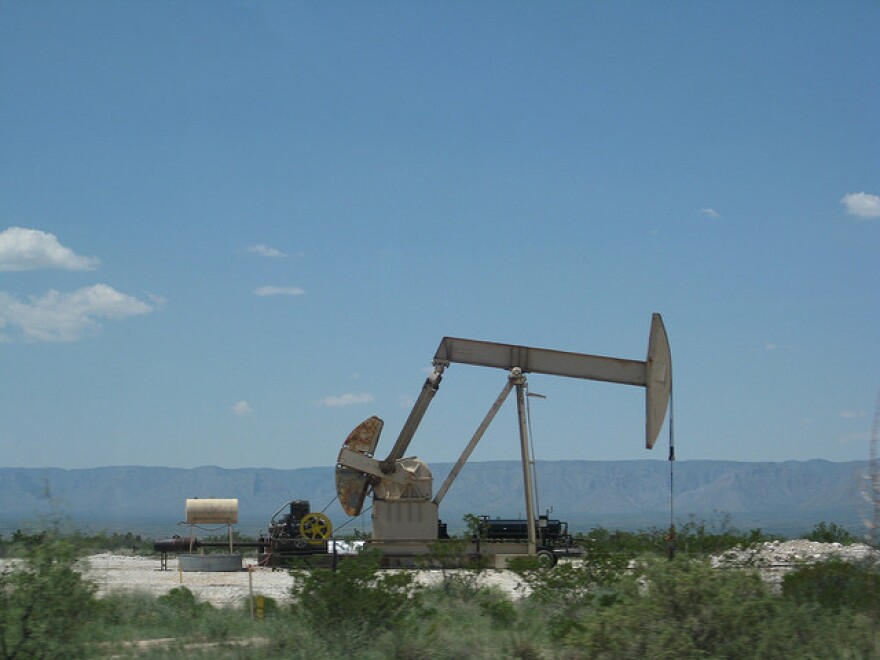New research out this week, looking at production in the Permian Basin, says the next several decades could keep oil operators busy as estimates show there are billions of barrels of crude waiting to be tapped.
In the coming decades, the Permian Basin could yield an estimated 60 billion to 70 billion barrels of crude, according to new research released this week from industry group IHS Markit.
John Roberts, a researcher with IHS, says, since 1987 his group has collected the output data of more than 440,000 wells. Among other things, the company looked at depth, the type of geological formation being drilled into, and the yield that’s been produced from that well. All that information was then plugged into a 3D model, which revealed the billions of recoverable crude across the Permian.
“What we’ve been able to do with new technology, new mapping capabilities and analytical tools is to look at the Basin with a new pair of glasses," Roberts says.
The billions of "recoverable resources" IHS identified in their research represent crude that could be extracted with current technology. Generally, shale drillers are only able to extract anywhere from 4 to 6 percent of crude stuck underground.
Since the 1920s, IHS says the Permian has yielded 39 billion barrels of oil – so the potential for an additional 60, or 70 billion barrels of untapped crude is piquing interest – but there is some hesitation with the news.
“You know the caveat with this is there are a lot of headwinds to the industry," Robert says. So even though the recoverable resources are there, companies might not reach all that crude.
Roberts says that’s because it might not be financially feasible until crude prices reach at least $70 per barrel.


